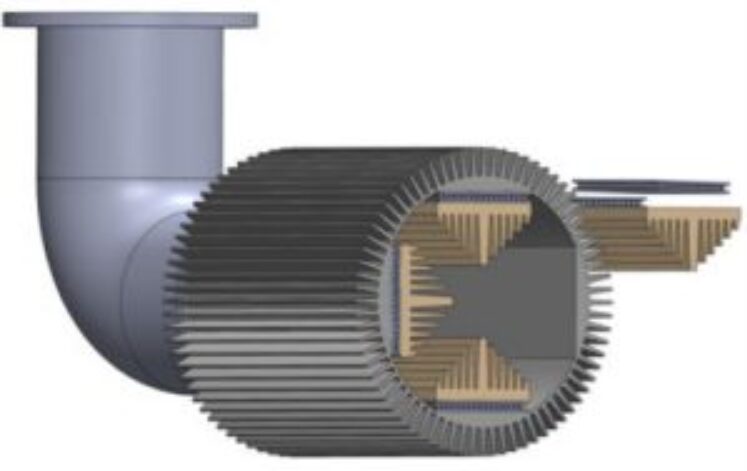
Pomelo is a large citrus fruit commonly grown in Southeast and East Asia. It has a very thick peel, which is typically discarded, resulting in a considerable amount of food waste. In a new study published in ACS Applied Materials & Interfaces, University of Illinois Urbana-Champaign researchers explore ways to utilize waste pomelo-peel biomass to develop tools that can power small electric devices and monitor biomechanical motions.
“There are two main parts of the pomelo peel—a thin outer layer and a thick, white inner layer. The white part is soft and feels like a sponge when you push on it...
Read More









Recent Comments